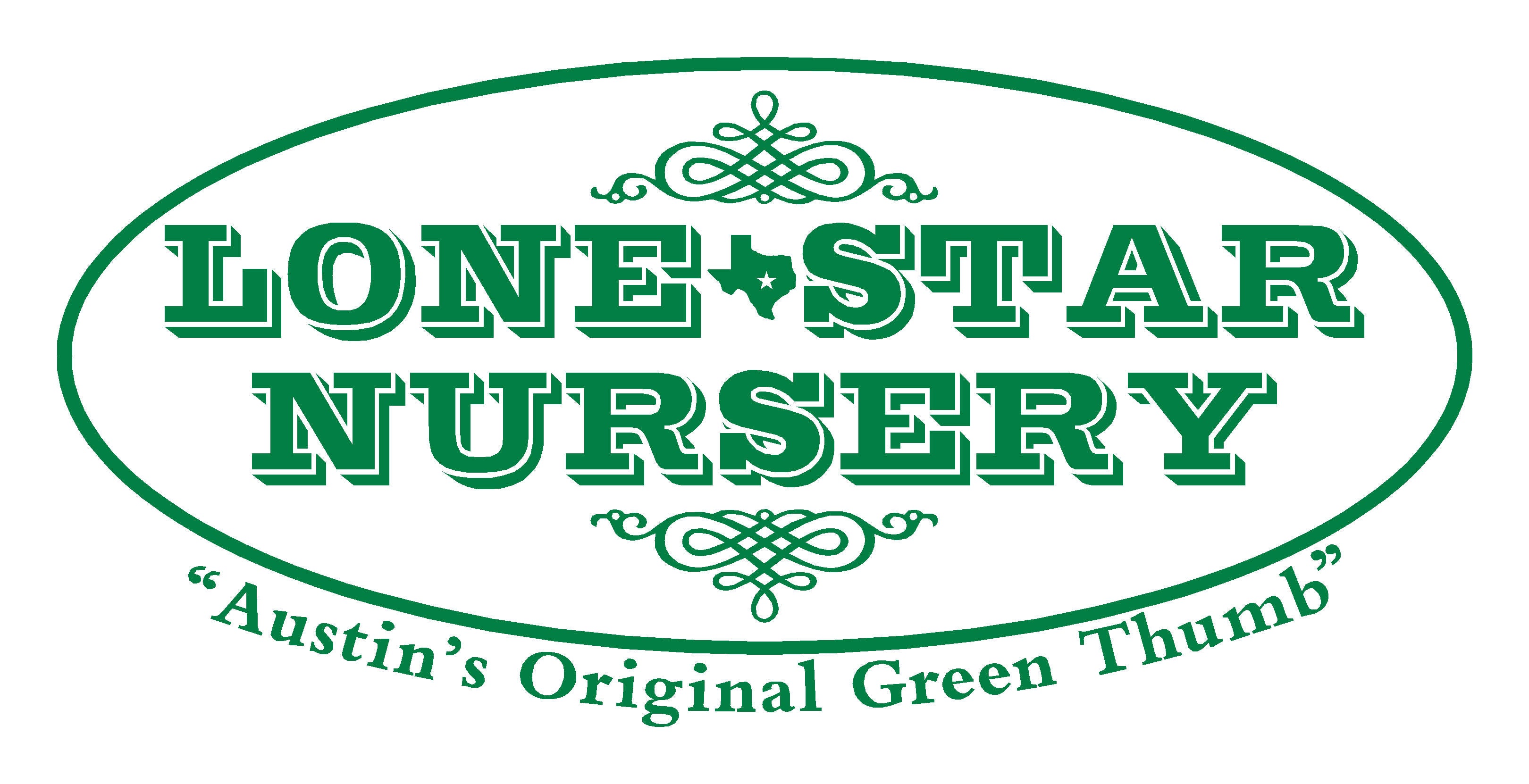By Addie Broyles, Austin-American Statesman
We seem to have an earlier introduction to fall than usual, with slightly cooler temperatures and rain in the first half of September rather than the second. Sometimes, we don’t get those hints of fall until October.
With so many fall events canceled, many of us are looking for ways to stay active at home, which might mean starting a fall vegetable garden for the first time. Whether you’re a true novice or returning to gardening after a break, here are five Austin-centric tips for getting started.
1. You’re gonna need good soil. Don’t rely on the dirt that’s already in your backyard. Pick up several bags of gardening soil and at least one bag of compost. Add a few scoopfuls of compost to each raised bed and then do that again in a few months, around the base of the plants.
2. Start some plants with seeds but use transplants for others. Carrots, cilantro, lettuce and radishes are best started from seed, but I like using already established transplants for brassicas, including broccoli and cauliflower. Beets, kale, chard and other greens you can start from seeds or transplants. (You can start some of those transplants yourself inside in those black seedling trays.) It’s not too late to throw late-season peppers and tomatoes in the ground, but those should be already established plants. Here’s a Central Texas guide for when to plant what.
3. You can get many garden supplies delivered, including transplants. In Austin, Lone Star Nursery used to be a wholesale nursery, but now they are focusing exclusively on delivering to home gardeners, and they are also already selling fall transplants that aren’t yet for sale at other gardening stores. There are more garden supply stores than you might think in the Austin area, but not all of them have fall vegetable transplants this early in the season.
4. Keep those seedlings moist. We still have temperatures in the upper 80s and low 90s, which is tough on these cool weather-loving plants, so make sure you water every day in the morning. Many plants also wouldn’t mind a spritz again in the evening. The upside about starting a fall garden early is that you can start to harvest some of these greens and veggies in October and November, but the downside is they need a little extra TLC to get started. The extra fragile ones, like lettuce and carrots, might need a little shade if we get some extra hot afternoons later this month.
5. Ask for help. Gardeners love to give advice, and farmers do, too, especially if you’re buying produce from them at the farmers market. Some farmers markets, including Barton Creek Farmers Market on Saturdays where Rasmey’s Garden sells veggie transplants, have booths were you can buy transplants and chat with a grower to get more tips specific to what you want to grow. As a result of the coronavirus, many gardening groups and experts are hosting virtual classes this fall to help get you started.
Last week, I chatted with Marjory Wildcraft of The Grow Network, which has a wealth of backyard homesteading information. Her team has been working on a project called Grow Half, which encourages people to try to grow half of their own food through raised beds, backyard chickens and more. They host a number of forums where you can ask questions, and she says you can usually get a response in less than an hour.

